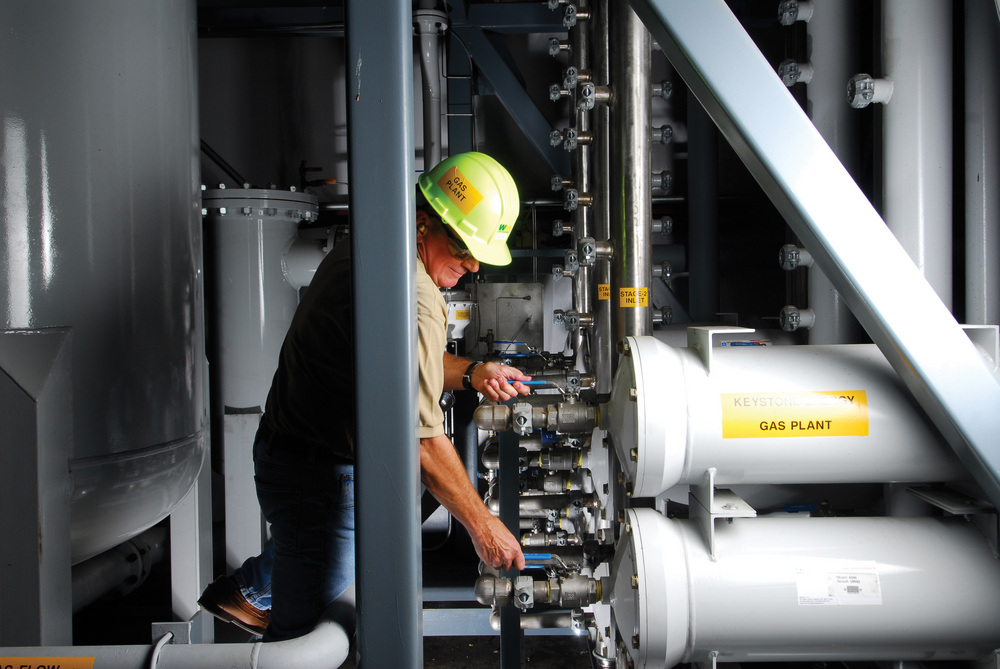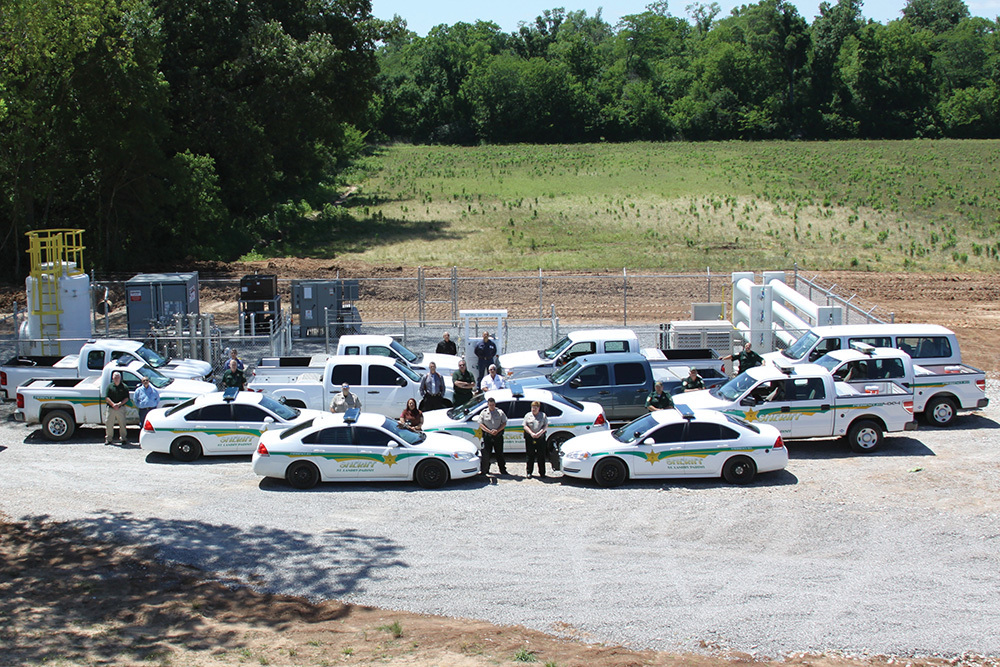Power or Fuel: Making the Choice










April 26, 2014
BY Chris Hanson
Advertisement
Advertisement
Related Stories
In another landmark step toward maritime decarbonization, Anew Climate and Seaspan Energy have successfully completed their first ship-to-ship loading operation of renewable liquefied natural gas (Bio-LNG) in the Port of Long Beach, California
Some of the biogas captured from the Yolo County Landfill in California is now certified carbon negative by CARB, thanks to the use of LoCI Controls’ technology and the ABC’s Biogas Carbon Accounting Tool.
The Texas Commission on Environmental Quality of offering $12 million in grants to support the development of alternative fueling facilities to supply CNG, LNG, hydrogen, biodiesel blends of B20 or greater, propane, electricity or methanol.
SJI and OPAL Fuels celebrated the ribbon cutting of their Atlantic County Utilities Authority’s renewable natural gas (RNG) project in Egg Harbor Township, New Jersey. The RNG facility will capture and process landfill gas into RNG.
The American Biogas Council announced on Oct. 23 that attendance at its annual Business of Biogas 2025 conference drew an unprecedented number of executives, investors, and industry leaders committed to advancing the biogas economy.





